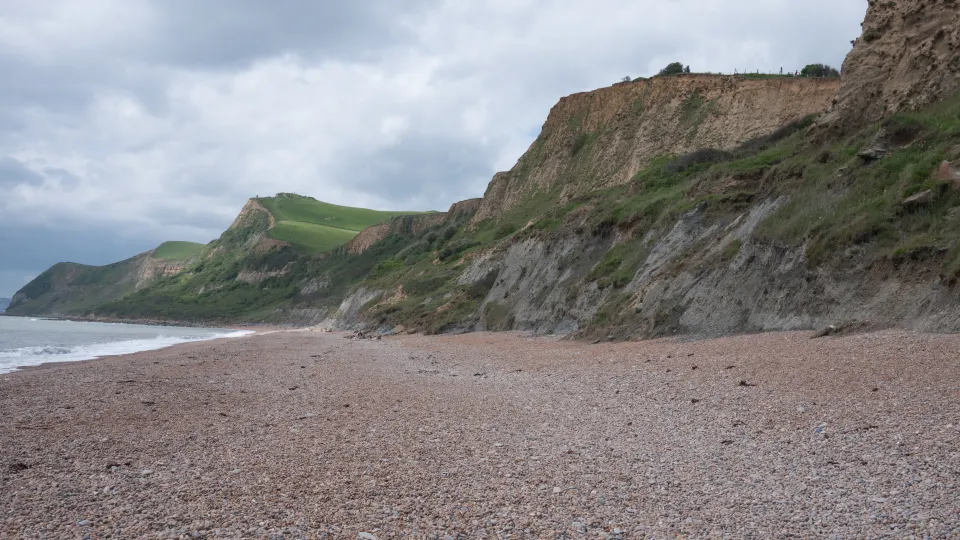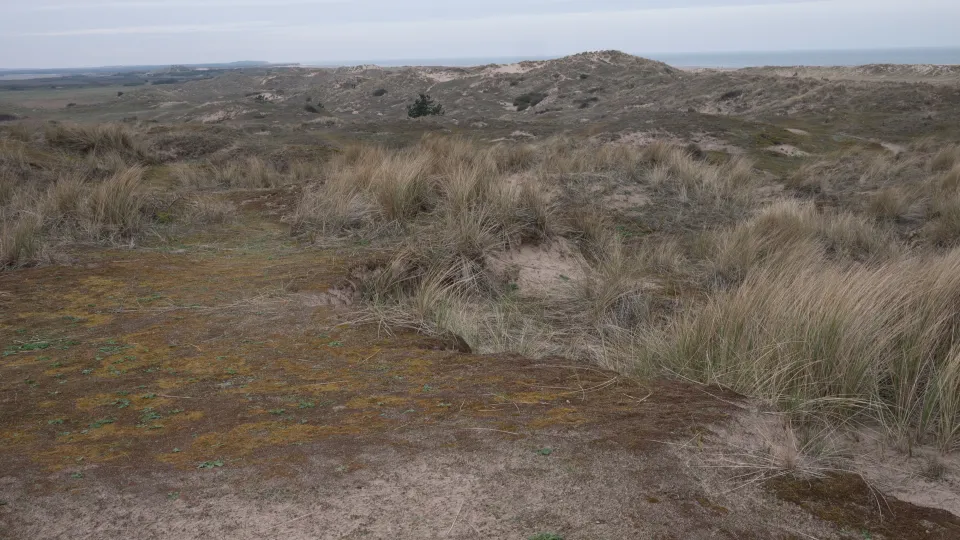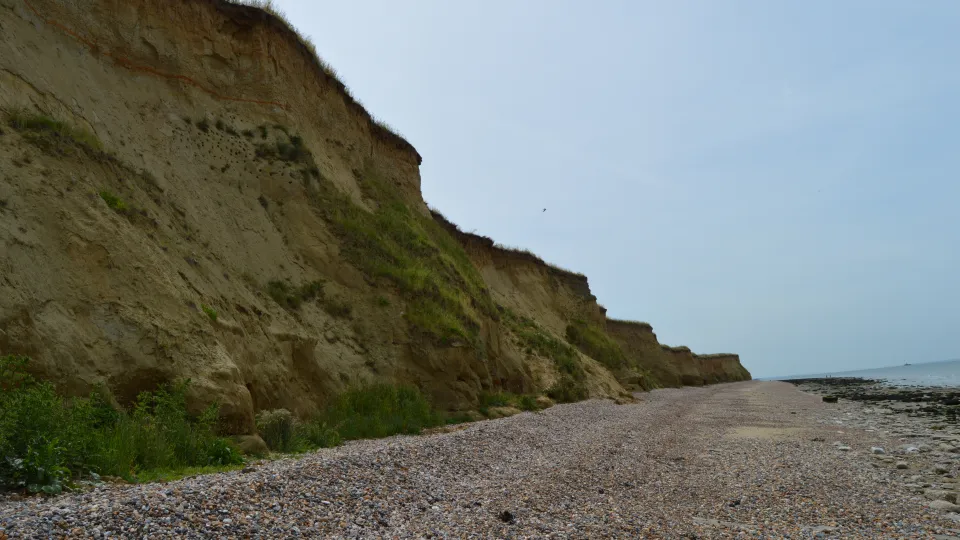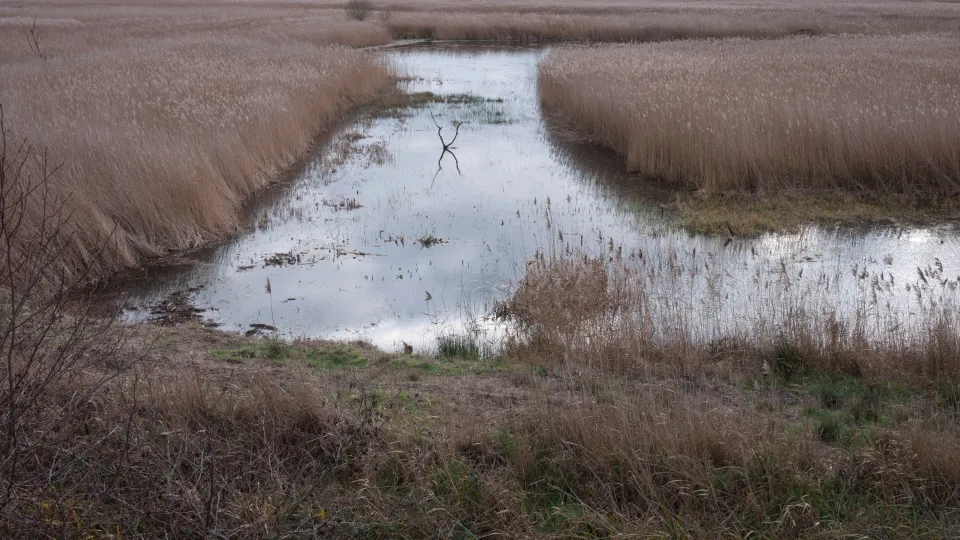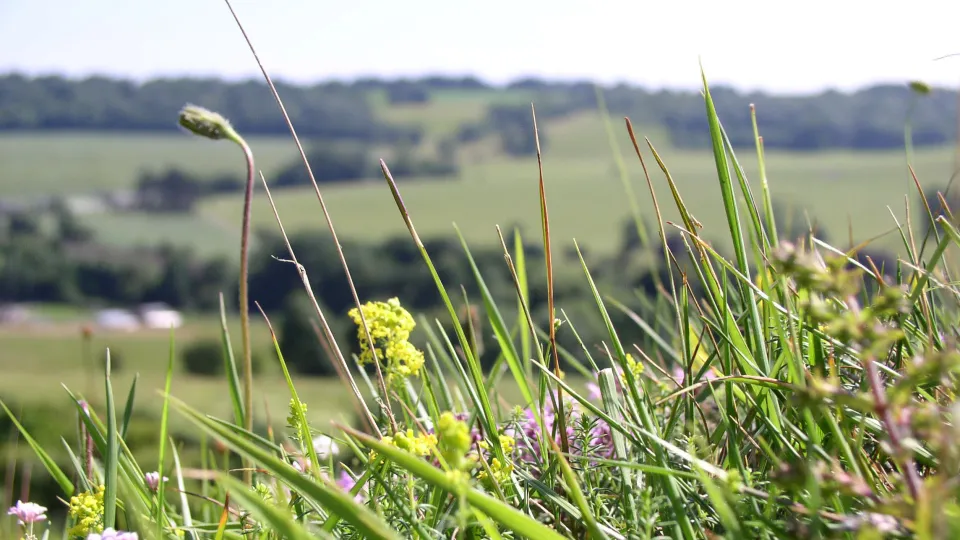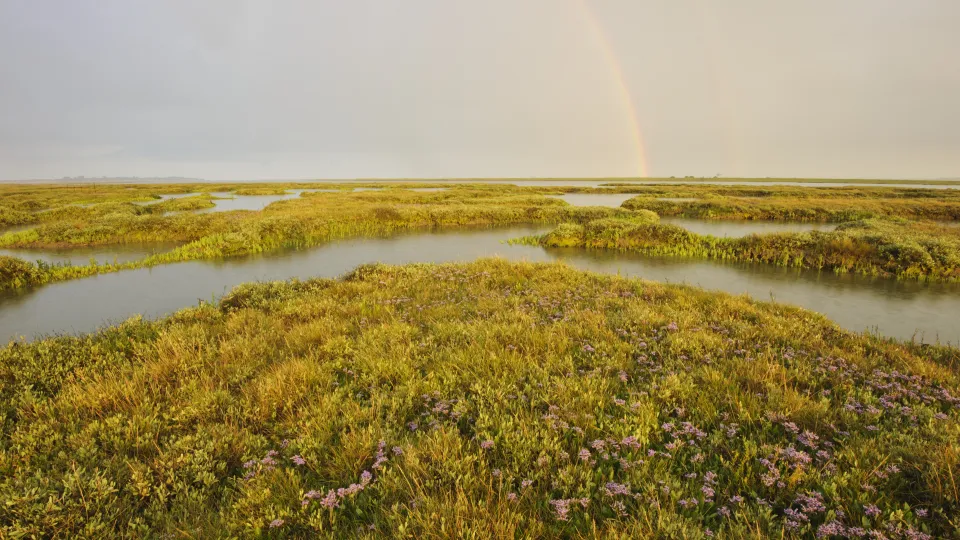
Saltmarsh
Saltwater marshes and mudflats form as saltwater floods swiftly and silently up winding creeks to cover the marsh before retreating again. This process reveals glistening mud teeming with the invisible life that draws in thousands of birds to feed.


